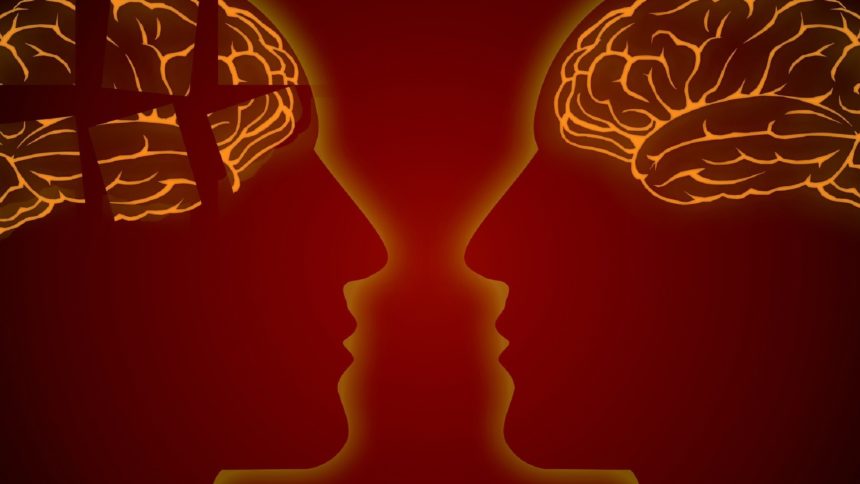Semantic dementia (SD) is a rare form of dementia. It is a ‘language variant’ of Fronto-temporal dementia. In SD, especially the language area in the brain is affected. The patient gradually forgets the meanings of words and things. Communication becomes increasingly difficult.
Symptoms of semantic dementia
Semantic dementia starts with language problems. The patient gets his or her word comprehension lost, but remains fluent. They know less and less what certain words and things mean. You can notice this because the patient:
- Ask about the meaning of familiar words (‘What is a car?’);
- Can not get a word and instead gives a definition (that thing with which to open the bottle) or using a less specific word (“animal” instead of “dog”);
- No calls can follow properly;
- Has trouble recognizing familiar people and objects.
This form of dementia is relatively common among young people from forty to seventy years. Because the memory still remains a very long time, this form of dementia is not always immediately recognized.
Course of semantic dementia
Semantic dementia develops very gradually. The early years are particularly visible language problems. Memory problems occur much later. The patient is still far common kinds of leisure activities. After a while, the language concept becomes less and less. This can be inconvenient, for example if the patient does not remember that you are using a bottle opener to open a bottle. It can also create dangerous situations when they no longer know that they have to wait with crossing when the traffic light is red. Because the patient can no longer give meaning to words and things, his or her environment becomes smaller and smaller.
After a number of years, the behavior will also change. They are less flexible and exhibit compulsive or obsessive behavior. In an advanced stage, the patient will suffer from memory and health problems similar to Alzheimer’s.
The average life expectancy of people with semantic dementia is six to ten years.
Causes of semantic dementia
In the left temporal lobe of the brain lies the language area and the meanings of words are stored. The brain stores information (such as words and meanings) in a certain order. By dividing information into pieces you keep the overview and you can easily make connections. You understand the meaning of what you see, smell, hear, taste and feel. In semantic dementia, the left temporal lobe in the brain is particularly affected.
In patients with semantic dementia, the nerve cells in the language area are slowly broken down. The connections between the different pieces of information in the brain disappear. The brains of the patients can no longer come to the right information when they perceive something. In the long run all meaning is lost from what they perceive and recognize with their senses.
Treatment of semantic dementia
There are no drugs to treat or cure semantic dementia. However, there are treatments to better deal with the symptoms. In the early stages of the disease, it is recommended that the patient visit a speech therapist. A speech therapist can learn to deal with language and speech problems and help develop alternative ways of communicating. It may be useful to learn sign language or to communicate via maps with images or icons.

